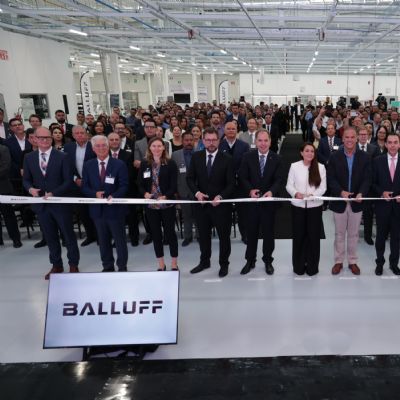Sensors React to Both Tool and Press Issues
July 1, 2008Comments
Suppose that you give your car keys to your teenager shortly after he or she completes a driver education program. Now imagine that this teenager manages to run over some substantial lumber on the high, followed by a joy ride through a neighborhood of pothole-filled streets. Then the teenager decides to drive on some railroad tracks. The car is returned to you and, upon a casual inspection, you decide that all is well with it.
The surprises follow. You take the car on your usual drive to work and notice that it has developed a mind of its own as it pulls and counteracts your steering wheel instructions. You take it to the auto shop to have them take a look.
The mechanic lists all of the damage requiring major mechanical surgery. The cost? Let’s not go there.
The above is repeated over and over with a press in our metalforming shops. Some pressroom personnel leave foreign objects in the tooling during the setup and/or run phases of their job. Not only does the tooling take a beating but so do the press mechanisms. Like our car example, the mechanical-energy-translating devices on the press are affected by the closure of the die on these foreign objects.
The die-protection sensors can only perform their duties to the extent that the critical mechanical aspects of the press are accurately, robustly and repeatedly available during the running of the tooling. If the ram is out of parallel, the tonnage distribution is no longer the same as it was when the die last ran, the counterbalance cushion is not operational or the stopping time of the brake (the critical angle) is totally out of its best-performance characteristics, tooling sensors may stop production as they detect inconsistencies in the feed, part out, stripper positioning and other variables. But these stoppages are due to problems with the press, not with the tooling or the strip.
Too often in our minds we separate the tooling from the press. To me, the tooling is inseparable from the press. The two act as one. The die designer assumes that the ram will come down within the parallelism specifications of the press. No die designer that I know has his upper die tilted on his CAD package to simulate the out-of-parallel conditions on the press.
Likewise, no die designer designs his die with the expectations that the tonnage distribution is phenomenally out of calibration throughout the bed of the press. Why is this so hard to grasp for so many in the metal-stamping industry? Why this gulf between the health of the tooling and the well-being of the press?
Power and turf. I am convinced that too often we segregate the functions of tooling and press maintenance into two separate areas of the company’s consciousness. Finger pointing elevates to an extremely fine art in these shops as tooling personnel blame the press maintenance group and the two blame the tooling designer with all three pointing their fingers at the steel supplier and the customer. Enough already! The problem may be with the relationship of all four, the press to the tooling, to the strip and to the customer’s specifications.
Take a more integrated approach to tooling sensors. These devices do not only react to problems within the tooling but also can detect press issues. Their warnings should not go unheeded. That ram may be the problem and not the die. Only a holistic approach to troubleshooting can lead to the necessary corrective actions. MF
Technologies: Sensing/Electronics/IOT








